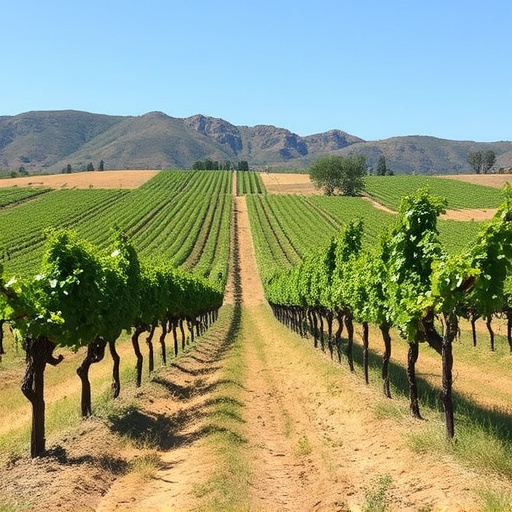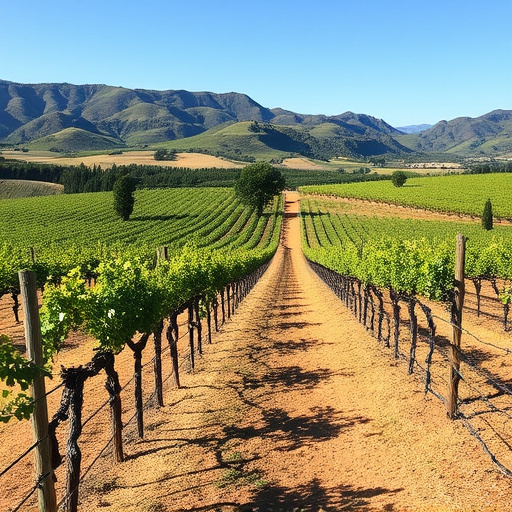High elevation winemaking in Sonoita, Arizona presents both challenges and benefits. Cooler temperatures at an average 4,500-foot elevation slow grape sugar accumulation, preserving delicate flavors and aromas. Winemakers manage vines to overcome shorter growing seasons and frost risks, leveraging the unique terroir for distinct, sought-after wines that highlight the region's vibrant vineyards.
“Uncover the enchanting world of high elevation winemaking in Sonoita, Arizona—a rising star among US wine destinations. This remote desert town offers a unique blend of challenging yet beneficial conditions for grape cultivation at elevations exceeding 4,000 feet. Learn how altitude impacts grape growth and shapes the distinctive characteristics of wines from these vineyards in Sonoita. Explore the region’s rich history, climate, soil, and landscape that have fostered an thriving wine scene, attracting attention from both critics and connoisseurs.”
- The Unique Challenge and Benefits of High Elevation Winemaking
- – Exploring the impact of altitude on grape growth and wine characteristics
The Unique Challenge and Benefits of High Elevation Winemaking

High elevation winemaking presents a unique set of challenges and benefits for the vineyards in Sonoita, Arizona. Located at an average elevation of 4,500 feet, this region offers cooler temperatures compared to lower-lying areas, which can significantly impact grape ripening and wine characteristics. Winemakers in Sonoita must carefully manage their vines to overcome the shorter growing seasons and potential frost risks, often employing strategies like canopy management and protected irrigation systems.
Despite these challenges, high elevation winemaking in Sonoita has distinct advantages. The cooler temperatures slow down sugar accumulation in grapes, allowing for more gradual ripening and preserving delicate flavors and aromas. This results in wines with complex, balanced profiles that are gaining recognition among wine enthusiasts. The unique terroir also contributes to the regional character of the wines, making Sonoita a sought-after destination for wine lovers exploring distinct and diverse vintages from Arizona’s vibrant vineyard landscape.
– Exploring the impact of altitude on grape growth and wine characteristics

The unique elevation of Sonoita, Arizona, situated at an average of 4,200 feet above sea level, plays a pivotal role in shaping the characteristics of wines produced in the region’s vineyards. This high altitude offers grapes a cooler climate compared to lower-lying wine regions, resulting in slower ripening and distinct flavour profiles. The longer growing season allows for more development of natural sugars and acidity in the grapes, which are key components in crafting well-balanced wines.
Winemakers in Sonoita often note that the higher elevation contributes to increased mineral notes and a crispness in the final product. The cooler temperatures also encourage a later harvest, ensuring that the grapes reach optimal ripeness. This environmental factor becomes an integral part of the region’s wine identity, setting Sonoita’s wines apart from those produced at lower elevations and attracting wine enthusiasts seeking unique and distinctive tastes, especially among the vibrant vineyards in Sonoita.
Sonoita, Arizona’s high elevation vineyards present a unique challenge and offer remarkable benefits for winemaking. The region’s altitude contributes distinct character to the grapes, resulting in wines with notable flavors and aromas. Understanding this relationship between terrain and terroir empowers winemakers to harness the potential of these challenging conditions, creating truly exceptional vintages that capture the essence of Sonoita’s vibrant vineyards.
